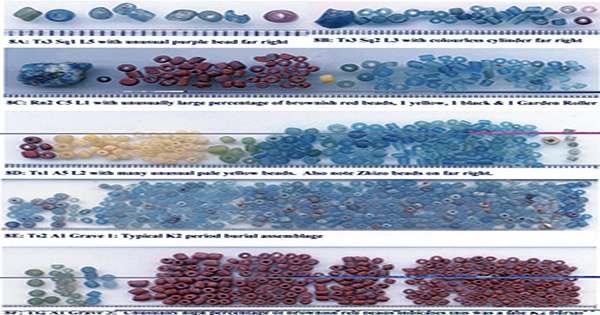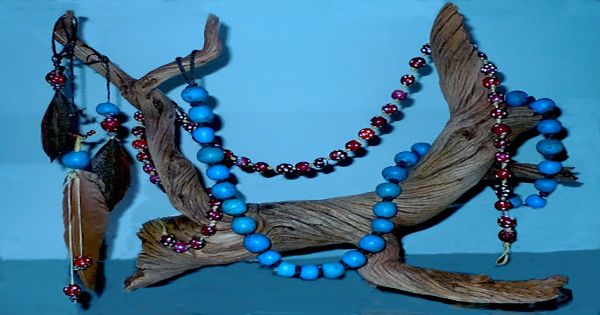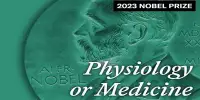It is time to think about history books again, although if you are still reading that Christopher Columbus “discovered” America in 1492, you will need to buy a completely new history book. Renaissance-era Venetian glass beads discovered at multiple archaeological sites in Alaska indicate that they date the arrival of Columbus decades ago and that the United States made the oldest European products. This meant contact with Native North Americans who had moved to Italy or traded with people long before the Columbus earthquake.
By this time, it generally accepted that the Vikings were the first Europeans to set foot on continental North America. Icelandic Norse explorer Leif Erickson, who led the first European expedition to explore the “New World” about 500 years before Columbus, discovered the oldest known Norse settlement in Newfoundland, Canada in 1000 AD.
Now, looking as if Columbus has left further behind, Venice blue glass beads have discovered at three archaeological sites in Alaska, dating back to the late 15th century. These blue glass “trade beads” have found in North America as well as the Caribbean and the east coast of Central America, but they were between 1550 and 1750. Using mass spectrometry carbon dating, two archaeologists have revealed the date of the bead somewhat between 1440 and 1480.

What the glass beads from the island of Murano in Venice in the mid-fifteenth century – still famous for its glasswork – halfway across a continent the Europeans did not know and how they got there?
Describing their findings in the American Antiquities Journal, author Michael Kunz from the Northern Alaska Museum and Robin Mills of the Bureau of Land Management point out that the beads brought to Alaska by Chinese Silk Road traders traveling through Siberia cross Bering Street towards Alaska. The authors write that this is “their first documented example of the presence of unwanted European materials at prehistoric sites in the Western Hemisphere as a result of overland transport across the Eurasian continent.”
Glass beads found at three archaeological sites in the Brooks Range, Alaska: Punic Point, a well-known seasonal site for Inuit people, Kayak House, and Kinyiksugvik, dating back to prehistoric aboriginal times. Glass beads found on the site before the 1950s and 60s, but when Kunz and Mills discovered some bronze jewelry side by side and more importantly – they had a way of dating these things that Eastern archaeologists did not have: mass spectrum carbon dating.
In addition to the beads they found some copper bangles, some flat metal shaped sheets could be hoop earrings and any necklace or bracelet part may have gathered around the copper bangles they saw a few yarns made of some tree fiber, probably the bark of a willow bush, incredibly durable Was. They sent Yarn to carbon dating and were shocked to see the results a few months later.
“We almost fell backwards,” Kunz told the University of Alaska Fairbanks. “It (the tree was alive) came back in the 1400s. It was, wow! “
This result supported by the dating of charcoal and other objects found near the beads at the three sites suggesting that North America needs a new timeline. In the 1400s, Venice was the center of Europe’s elite glassmaking and artisans known to trade Murano glass – already famous – with people from Asia and the Ottoman Empire. The beads bought and sold in Venice, traveled in horse-drawn carriages along the Silk Road, the ancient trading route connecting Europe and the Mediterranean to Asia reached the Russian Far East and finally reached Bering Street – an entry point to the United States.
It was not a regular trade route, but these beads present the first evidence of an overland connection between Europe and Alaska long before Christopher Columbus and European colonists set sail across the blue of the sea in 1492 to discover the long-standing “New World”.















